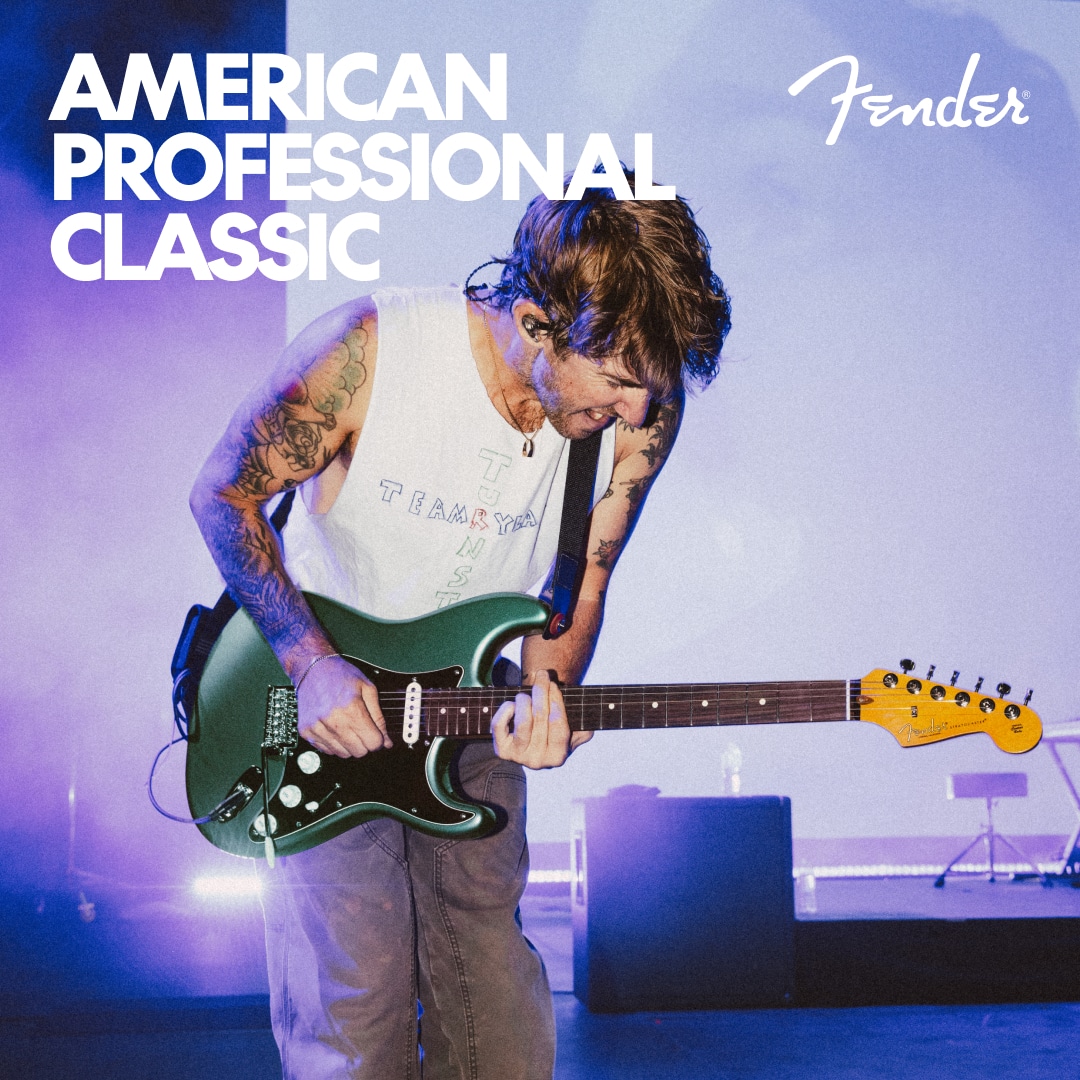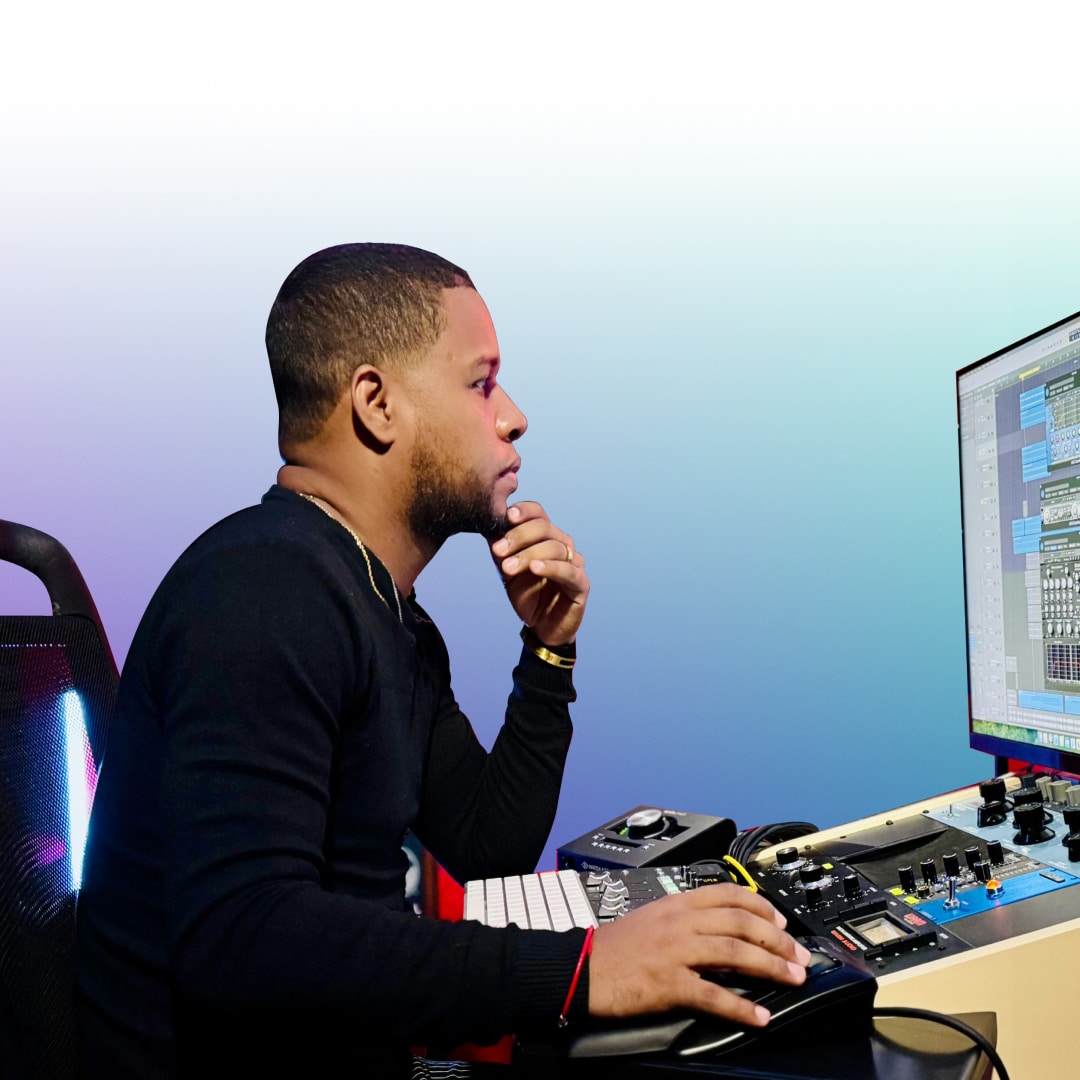In recent years, the music industry has seen a significant shift with the rise of independent artists. This change has been fueled by advancements in technology and the accessibility of digital platforms, allowing musicians to bypass traditional record labels and release their music directly to their audience. This democratization of music distribution has opened up a world of possibilities for artists, granting them greater control over their careers and artistic choices. Independent music release is not just a trend; it’s a powerful movement, reshaping the way music is created, shared, and consumed. By understanding the nuances of how to release music independently, artists can harness the full potential of their creativity and reach listeners worldwide.
Crafting High-Quality Music
When considering how to release music independently, the quality of your recordings should be a top priority. Professional recording studios offer the advantage of high-quality equipment and experienced sound engineers who can bring the best out of your music. This environment ensures that every note, every beat, and every vocal inflection is captured with clarity and precision. The right studio can make a significant difference in the sound of your final product, which in turn affects how your music is received by your audience. Investing in professional recording might require a financial commitment, but it’s a worthwhile investment for artists aiming to establish a serious presence in the music industry.
Mixing and mastering are crucial steps in the music production process. They involve refining and balancing your recorded tracks to achieve the best possible sound. Mixing adjusts levels, panning, and time-based audio effects (chorus, reverb, delay) to create a cohesive sound. Mastering, on the other hand, is the final step that enhances the overall sound, ensuring consistency across all tracks and preparing the recording for distribution. These processes require a skilled ear and technical expertise, often making it beneficial to work with a professional to ensure your music sounds polished and professional.
The importance of sound quality in music distribution cannot be overstated. High-quality recordings can captivate listeners, increase your music’s shareability, and set you apart in a crowded market. Poor sound quality, conversely, can detract from the listener’s experience, regardless of how good the songwriting or performance is. In the world of digital music, where your song competes against millions of others on streaming platforms, superior sound quality can be the difference between a track that gets skipped and one that gets added to playlists and shared.
For many independent artists, professional studio time may not always be accessible or affordable. Fortunately, with the right knowledge and tools, you can achieve great results from DIY recording. Here are some tips to help you get started:
- Choose the Right Environment: Find a quiet, acoustically sound space to record. Avoid rooms with a lot of echo or background noise.
- Invest in Quality Equipment: While you don’t need the most expensive gear, investing in a good microphone, headphones, and a reliable audio interface is essential.
- Learn Basic Recording Techniques: Understand mic placement, sound levels, and how to record different instruments. Online tutorials can be a great resource.
- Use Quality Recording Software: There are many affordable, even free, digital audio workstations (DAWs) available that provide a range of features for recording and editing.
- Experiment with Sound: Don’t be afraid to try different microphone positions or add layers to your recording to find the sound that best represents your music.
- Regularly Backup Your Recordings: Always keep multiple copies of your recordings to prevent data loss.
- Seek Feedback: Share your recordings with trusted friends or fellow musicians to get constructive feedback.
DIY recording can be a deeply rewarding process. It allows for experimentation and a deeper understanding of how your music comes together. While it requires patience and practice, the skills you develop will be invaluable as you progress in your career as an independent artist. Remember, many successful artists started with humble home recordings before finding their way to professional studios. Your journey in how to release music starts with the first note you record.
Defining Your Brand and Image
Your artist identity is a pivotal element in the journey of how to release music independently. It’s more than just a name or logo; it’s the essence of who you are as an artist. This identity should reflect your musical style, influences, and the message you want to convey through your music. It’s about creating a unique persona that resonates with your audience and sets you apart in the industry. When fans think of your music, your artist identity should instantly come to mind, creating a strong and memorable impression. This identity guides not just your music, but also your marketing strategies, your interaction with fans, and your overall presence in the music scene.
Album artwork and visual elements play a crucial role in how your music is perceived. These visuals are often the first point of interaction for potential listeners and can significantly influence their decision to listen to your music. Your artwork should capture the essence of your music and artist identity, making it both appealing and relevant. In the digital age, where streaming platforms are saturated with content, eye-catching and thoughtfully designed artwork can make your music stand out. Whether you collaborate with a professional designer or create your artwork, it should be consistent with your brand and resonate with the themes and mood of your music.
In today’s digital era, having a strong online presence is critical for independent artists. This includes having a professional website, active social media profiles, and a presence on music streaming platforms. Your online presence serves as a hub for your fans to learn more about you, listen to your music, and stay updated on your releases and events. It’s essential to maintain a consistent and engaging presence across all platforms. Regularly updating your content, interacting with your audience, and sharing behind-the-scenes glimpses of your music-making process can help build a loyal fanbase. A robust online presence is a powerful tool in your arsenal for how to release a song independently.
Consistency across various platforms is key to building and maintaining a strong brand as an independent artist. This means ensuring that your artist identity, messaging, and visuals are uniform across your website, social media, and music platforms. Consistency helps in creating a cohesive brand image that is easily recognizable by your audience. It’s not just about using the same profile picture or color scheme; it’s about conveying a consistent message and vibe that aligns with your music and artist persona. This uniformity helps in establishing a professional image and aids in growing your audience, as potential fans are more likely to engage with a well-defined and consistent brand.
Choosing the Right Digital Distribution Platforms
In the digital age, selecting the right platforms for music distribution is crucial for independent artists. Each platform has its unique audience, features, and benefits. Some, like Spotify and Apple Music, are known for their vast user base and playlisting opportunities, while others like Bandcamp offer more control over pricing and a direct connection to your listeners. It’s essential to research and understand the strengths and limitations of each platform. This knowledge helps you make informed decisions about where your music will have the greatest impact and reach. The goal is not just to have your music available online but to strategically place it where it will be discovered and appreciated by your target audience.
Different platforms cater to different genres and audiences. For instance, SoundCloud is popular among electronic and indie artists, whereas Bandcamp might be more suitable for niche or experimental genres. It’s important to align your music with the platforms where your genre thrives. This alignment ensures that your music reaches listeners who are more likely to appreciate and support your style. Understanding where your genre’s audience congregates online is a strategic step in effective music distribution.
Aggregators play a vital role in the process of how to release music without a distributor. They act as intermediaries between artists and streaming platforms, helping to distribute your music to multiple platforms at once. This can be a time-saving and efficient way to get your music out there, especially for artists who prefer to focus on their music rather than the intricacies of distribution agreements and platform-specific requirements. Aggregators often provide additional services such as data analytics, promotional support, and sometimes even royalty collection. Choosing the right aggregator requires careful consideration of their fees, the platforms they distribute to, and the additional services they offer.
To maximize online music sales, it’s essential to adopt a multi-faceted approach. This includes regularly releasing new music to keep your audience engaged, leveraging platform-specific features like pre-saves on Spotify or Bandcamp’s pay-what-you-want model, and actively promoting your music across all your channels. Engaging with your listeners through social media, email newsletters, and live streams can also drive sales. Additionally, consider offering exclusive content or bundles, which can include merchandise or special editions of your music. By understanding and utilizing the various tools and strategies available on each platform, you can increase your visibility, grow your fanbase, and boost your sales in the world of digital music distribution.
Registering Music and Collecting Royalties
Performance Rights Organizations (PROs) are vital for any artist learning how to release music independently. These organizations are responsible for collecting and distributing royalties to songwriters, composers, and music publishers when their music is played publicly. This includes plays on radio stations, TV, live venues, and even streaming services. Joining a PRO is essential for ensuring you are compensated for the use of your music. Each country has its own PROs, like ASCAP, BMI, or SESAC in the United States. They track the usage of your music and ensure you receive the royalties you are owed for your creative work.
The Registration Process
The process of registering your music with a Performance Rights Organization (PRO) is a crucial step in securing your rights and royalties as an independent artist. Here’s a breakdown of the process:
- Choose the Right PRO: Research and select a PRO that best suits your needs based on geographical location, genre, and distribution of your music.
- Become a Member: Fill out the membership application. This usually involves providing personal information, details about your music career, and sometimes a fee.
- Register Your Works: Once you’re a member, register your songs with the PRO. This typically involves submitting song titles, writer and publisher information, and a copy of the lyrics and music.
- Provide Additional Details: For each song, you may need to provide additional details like co-writers, splits of royalties, and any other relevant information.
- Update Regularly: Keep your registrations up to date, especially if you release new music or change your publishing details.
- Monitor Your Catalog: Regularly check your account to ensure all your music is properly registered and to keep track of your earnings.
Registering with a PRO ensures that you are compensated when your music is played in public. It’s a process that requires attention to detail and ongoing management, but it’s integral to protecting your rights as a musician and ensuring you receive the royalties you deserve.
Royalty streams in the music industry are diverse, and it’s important to understand them to maximize your earnings. There are mechanical royalties, generated from physical and digital sales, streaming royalties from platforms like Spotify and Apple Music, and performance royalties collected by PROs. Additionally, synchronization royalties come into play when your music is used in TV, film, or advertisements. As an independent artist, understanding and managing these different streams is crucial for maximizing your income and ensuring you receive all the revenue you are entitled to.
Marketing Strategies for Your Music Release
Social media is an indispensable tool in the arsenal of an independent artist. To effectively utilize social media for marketing your music, it’s not just about frequent posts, but about creating engaging, authentic content that resonates with your audience. Platforms like Instagram, Twitter, Facebook, and TikTok offer unique ways to connect with fans. Sharing behind-the-scenes content, stories about your music-making process, and interacting directly with your followers can create a loyal community. Tailoring your content to each platform’s strengths—such as short-form videos on TikTok or live Q&A sessions on Instagram—can maximize your reach and engagement. Remember, social media is not just a broadcasting tool; it’s a two-way street for interaction that can significantly amplify your music’s reach.
Music blogs and influencers can be catalysts in elevating your music’s visibility. Research and identify blogs and influencers that align with your genre and aesthetic. Craft personalized pitches for your music, highlighting what makes your sound unique and why it would resonate with their audience. Getting featured on a blog or by an influencer can expose your music to a broader audience and add credibility to your work. Remember, building these relationships takes time and respect for the platforms and individuals you’re reaching out to.
Creating anticipation before your music release can significantly impact its initial success. Share teasers, such as snippets of tracks, music video previews, or behind-the-scenes content, to build excitement. Engage your audience with countdowns, exclusive previews for email subscribers, or interactive content like polls or Q&A sessions about the upcoming release. This pre-release buzz not only keeps your existing audience engaged but can also attract new listeners, setting the stage for a successful launch. The goal is to create a sense of event around your release, making it something your audience eagerly awaits.
Planning Your Music Release Timeline
Strategically timing your releases is vital in maximizing their impact. For singles, consider releasing them at regular intervals to keep your audience engaged. EPs and albums, on the other hand, might benefit from a more spaced-out schedule. Think about the time of year and how it aligns with your genre or the themes in your music. For example, upbeat summer tracks or reflective winter tunes. Additionally, factor in significant music industry dates, like festival seasons or award periods, which can influence the visibility of your music. A well-thought-out release schedule can create a continuous presence in the market, keeping your audience excited and engaged.
Live performances are an integral part of a music release strategy. They allow you to showcase your music in its purest form and create a deeper connection with your audience. Plan a tour or a series of performances around your release date. These shows can serve as a platform to perform your new music live, engage with fans, and generate buzz. Consider partnering with local venues, festivals, or other artists to expand your reach. Live performances not only promote your new music but also provide invaluable feedback from your audience, which can be essential for your growth as an artist.
A detailed marketing calendar is essential in planning and executing your music release. This calendar should outline all the key activities leading up to and following your release, including social media campaigns, email marketing, press releases, and any promotional events. By having a structured timeline, you ensure that all marketing efforts are coordinated and consistent. This helps in building momentum leading up to the release and maintaining engagement afterward. The calendar should be flexible enough to accommodate any last-minute opportunities or changes, ensuring that your marketing strategy remains dynamic and responsive to your audience’s reactions.
The journey of learning how to release music independently is both challenging and rewarding. It empowers artists with the freedom to express their creativity without the constraints of traditional record labels. This path demands dedication, learning, and resilience, but the rewards – artistic control, a direct connection with your audience, and the satisfaction of self-accomplishment – are immeasurable. As you navigate through this journey, remember that each step, from crafting your music to marketing it, contributes to your growth as an artist and strengthens your connection with your audience.
After releasing your music, the journey doesn’t end. It’s a continuous cycle of creating, releasing, and connecting with your audience. Reflect on the feedback, analyze the performance of your release, and use these insights to refine your approach for future projects. Continue to engage with your fans, explore new marketing strategies, and stay updated with industry trends. The world of independent music is ever-evolving, and staying adaptable, proactive, and motivated is key to long-term success. Your journey as an independent artist is unique, and filled with opportunities to leave a lasting impact with your music and your story.










